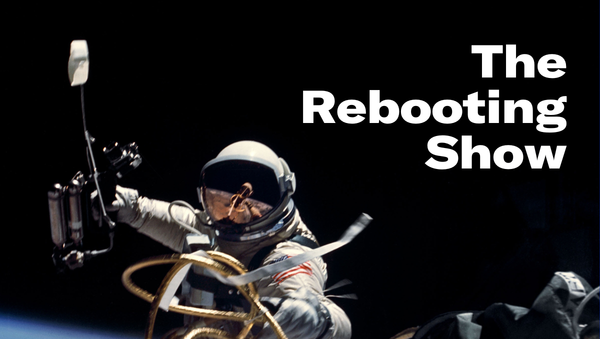Why design matters
Show your audience you give a shit
Design is vital to building a brand since it’s an important way to express differentiation while also showing your audience you give a shit. Good design, consistently executed, can be an important competitive advantage. One of the best decisions we made at Digiday was to put effort into the presentation layer.
The most important decision to make in designing is the designer. I knew I wanted to work with Claudia Chow of Studio Chow. I worked with Claudia back in 2013 in designing the Digiday brand. She was able to express the editorial values around honesty, simplicity and authority in a brand system that went beyond a site design. (Claudia also did the branding and site design for Glossy and Modern Retail.)
A good design is only possible with a clear point of view. The Rebooting was hatched in the throes of a pandemic, when our lives were turned upside down, leading many of us to rethink what we’re doing. I chose the name The Rebooting to evoke that feeling, the urgency to start anew and improve. The focus of The Rebooting is on the media industry, how it can and must reboot with sturdier business models that enable high quality content that attracts loyal audiences.




